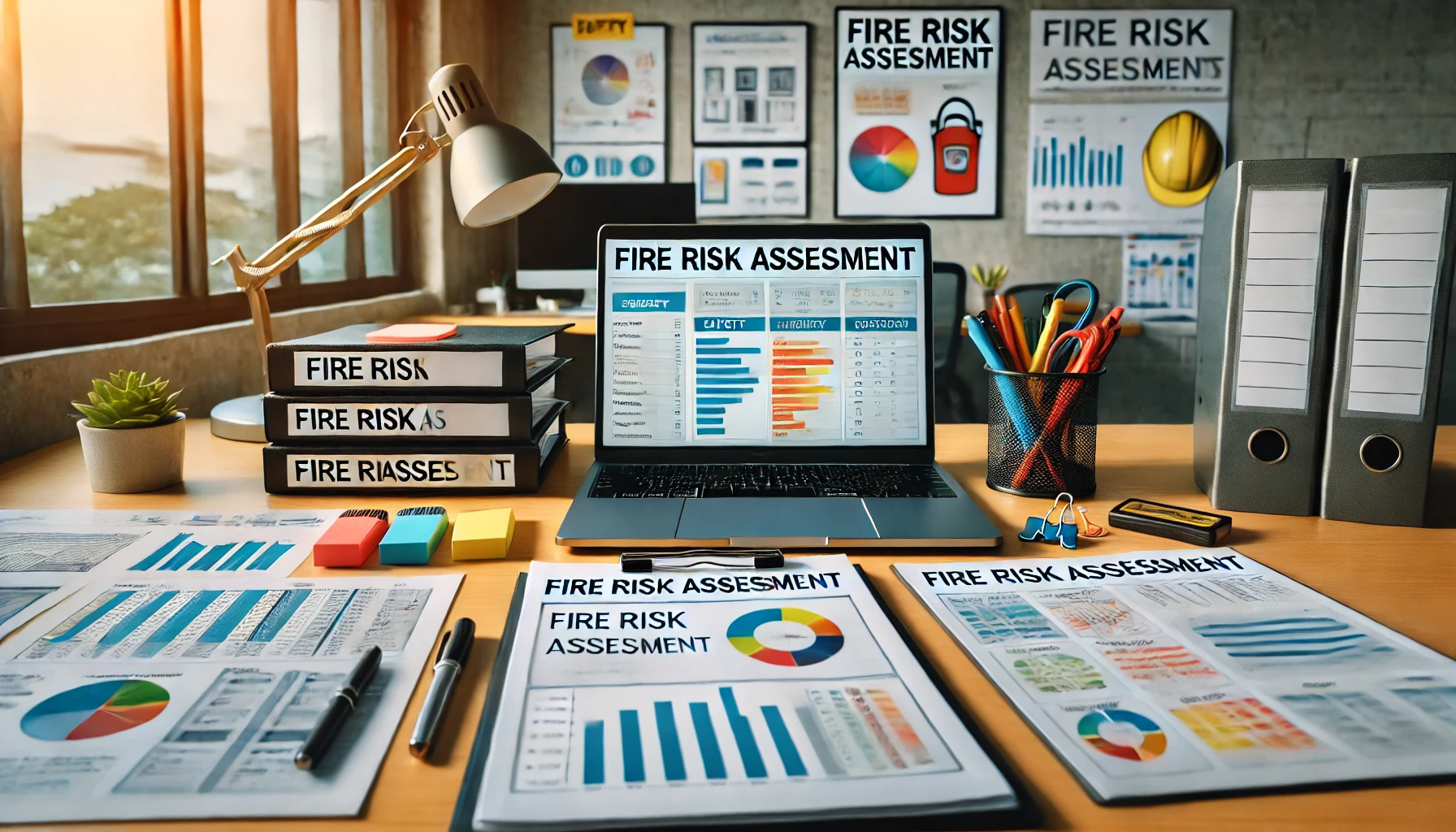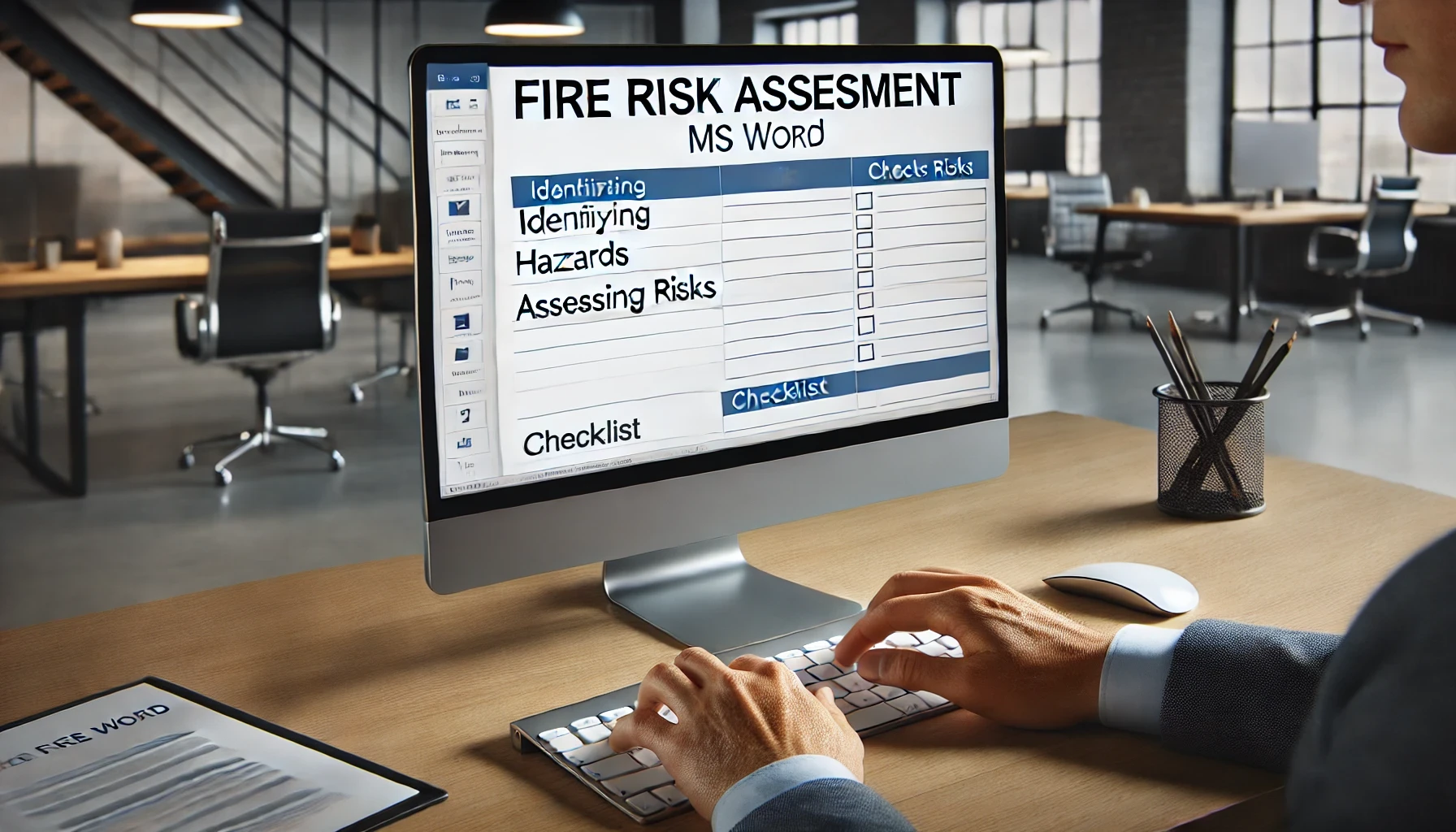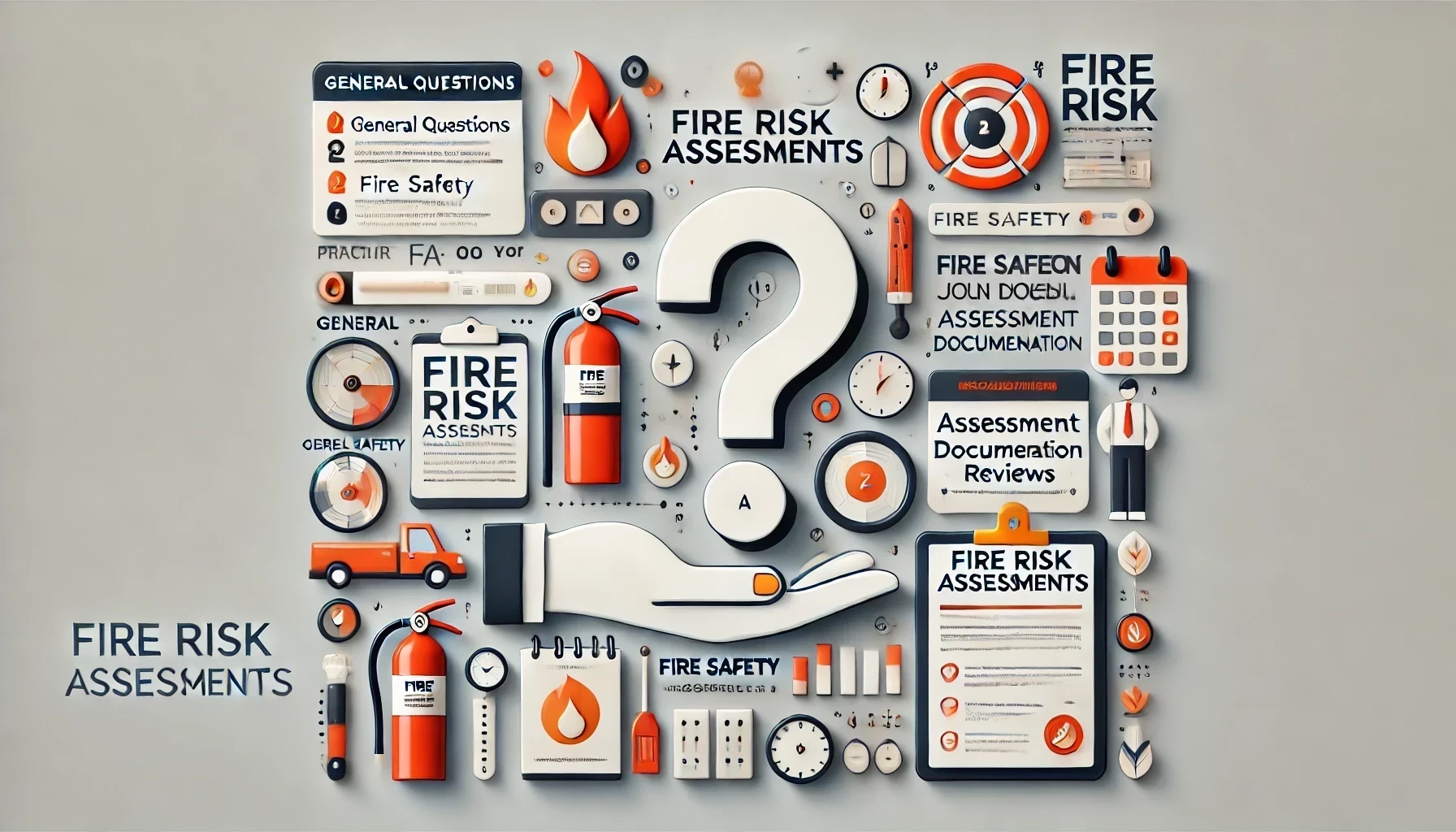A fire risk assessment is a methodical process meant to find fire dangers, estimate their degree of risk, and apply actions meant to either reduce or eradicate such threats. This evaluation is not only a safety precaution; often, it is a legal need. Depending on where you live, fire safety rules could call for routine inspections of shared residential areas and businesses.
In the United Kingdom, for example, the Regulatory Reform (Fire Safety) Order 2005 mandates fire risk assessments. Likewise, the National Fire Protection Association (NFPA) provides policies for American fire risk assessments.
Key Components of Fire Risk Assessments
Doing a fire risk assessment calls for several important actions:
- Finding combustible items, electrical flaws, or equipment that might start a fire is part of assessing potential fire hazards.
- Finding Those Possibly at Risk: One should take into account staff, guests, and renters. Give those with limited mobility especially careful attention.
- Analyzing and Managing Risk: See whether current safety measures are sufficient. If not, install sprinklers, fire alarms, or extinguishers.
- Documenting Results: Recording the risks, hazards, and behaviors followed guarantees responsibility and openness.
- Going over the evaluation regularly: Safety with fire is not a one-time exercise. Frequent reviews guarantee quick resolution of newly identified risks.

What are the five things that a Fire risk assessment should include?
We must address these five essential elements of a comprehensive risk assessment.
- Point out every possible fire hazard in the surroundings.
- Finding Who Might Be Harmful: Recognize the weaknesses of different people—such as clients, workers, or contractors.
- Analyzing the probability of a fire and the efficacy of present safety precautions helps one assess risks and prevention.
- Compliance and responsibility depend on accurate documentation, which also helps with the implementation of actions.
- Reviewing and updating helps maintain the existing risk assessment through regular updates.
What is the Fire Risk Assessment NFPA Code?
Fire risk assessments are among the various guidelines and standards for fire safety published by the National Fire Protection Association (NFPA). Important NFPA rules consist of:
- NFPA 551 offers guidance on approaches for assessing fire risk.
- The focus of NFPA 101, the Life Safety Code, is occupant safety and fire prevention.
- NFPA 72: Designed for installation and maintenance of fire alarms, this standard.
Following these guidelines guarantees that companies protect their premises successfully and satisfy industry standards.

Download an MS Word Fire Risk Assessment Template
Using a premade template helps streamline the process of assessing fire hazards. Using an editable Fire Risk Assessment Template in MS Word allows you to rapidly personalize areas to fit the particular requirements of your property.
Benefits of Using a Template:
- It provides a ready-made framework, thereby saving time.
- Guarantees cover all important aspects.
- The material is simple enough to share with interested others.
Processes for obtaining the template:
- Go to a respectable website providing models for fire risk.
- Select a template fit for your building type or sector of business.
- Get the file in MS Word form.
- Make it unique with your property specifics and observations.
The Role of Fire Safety Professionals in Risk Assessments
While you are free to do a fire risk assessment on your own, employing a trained fire safety professional guarantees an exhaustive analysis. Professionals have the knowledge and resources to spot hidden risks and suggest cutting-edge fixes.

FAQs
- What is a fire risk assessment?
- A methodical approach is used to find, assess, and lower fire dangers.
- What are the 5 things a risk assessment should include?
- The process involves identifying hazards, assessing risks, identifying impacted persons, recording results, and conducting frequent evaluations.
- What is the NFPA code for fire risk assessment?
- NFPA 551 and its accompanying codes provide guidelines for performing fire risk assessments.
- Who is responsible for fire risk assessments?
- Depending on the jurisdiction, property owners, companies, or firefighters are safety experts.
- How often should fire risk assessments be conducted?
- This should be done at least once a year or whenever the property undergoes notable alterations.
Not only is a fire risk assessment required by law, but it is also absolutely essential for general safety. Understanding any risks, acting early, and following rules, such as the NFPA codes, will help you properly safeguard property and life. Start today by downloading a Fire Risk Assessment Template in MS Word and verifying your current and strong safety precautions.
